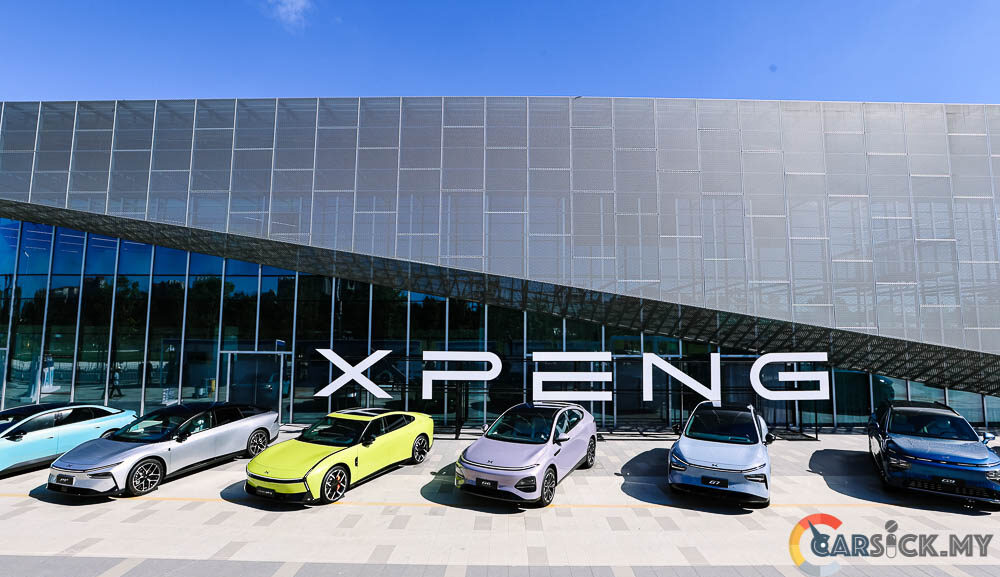XPENG has once again positioned itself at the forefront of technological evolution with the successful hosting of the 2025 XPENG AI Day, themed “Emergence”, at its Science Park in Guangzhou. The event marked a pivotal moment in the company’s journey, unveiling four groundbreaking applications built around the concept of Physical AI — XPENG VLA 2.0, XPENG Robotaxi, XPENG Next-Gen IRON, and ARIDGE flying systems. Together, they paint a visionary picture of mobility that blurs the boundaries between the digital and physical worlds.
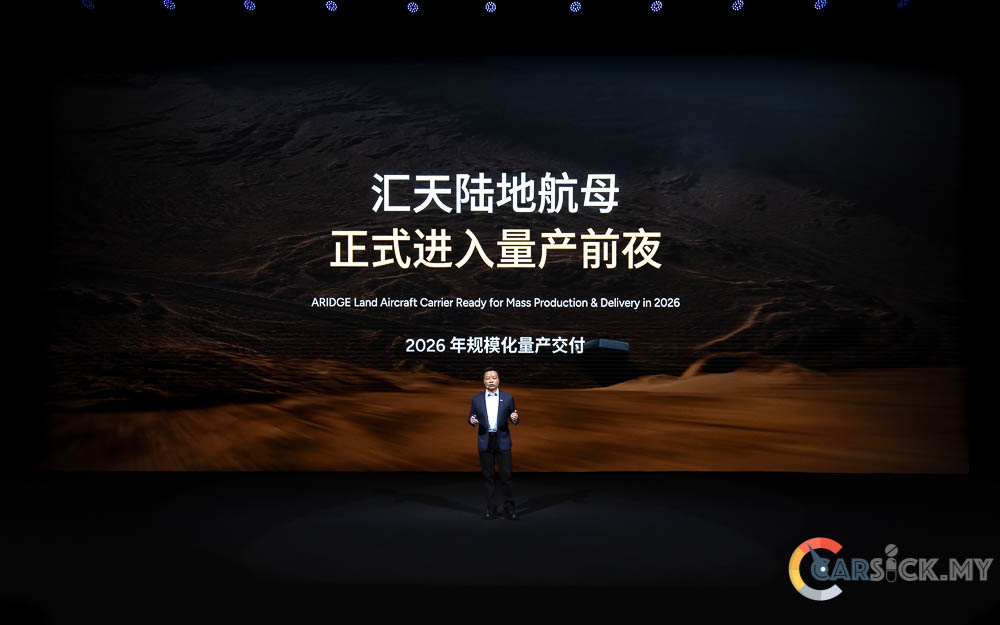 Chairman and CEO He Xiaopeng announced a significant milestone in XPENG’s evolution — redefining the brand as “a mobility explorer in the physical AI world and a global embodied intelligence company.” This marks XPENG as China’s only company to achieve a full-stack self-developed Physical AI system, encompassing chips, large models, and intelligent hardware.
Chairman and CEO He Xiaopeng announced a significant milestone in XPENG’s evolution — redefining the brand as “a mobility explorer in the physical AI world and a global embodied intelligence company.” This marks XPENG as China’s only company to achieve a full-stack self-developed Physical AI system, encompassing chips, large models, and intelligent hardware.
He described this new era as the convergence of the digital and physical worlds, where Physical AI—powered by new energy and advanced computing—ushers in the next great technological revolution. XPENG’s decade-long foundation in innovation now serves as the backbone for developing embodied intelligent carriers: from AI-driven vehicles to humanoid robots and flying cars.
At the heart of XPENG’s AI ecosystem lies the newly launched VLA 2.0 large model, a breakthrough that redefines how machines perceive and act in the physical world. Unlike traditional AI systems that rely on language translation layers, VLA 2.0 uses a “Vision–Implicit Token–Action” structure to generate direct actions from visual input — a revolutionary end-to-end physical AI paradigm.
Trained with an immense dataset equivalent to 65,000 years of human driving, the model continuously learns and adapts from real-world interactions. Deployed on XPENG’s Ultra models, it enables sophisticated driving functions such as “Narrow Road NGP”, which increases performance in complex driving scenarios by 13 times, and Super LCC + Human-Machine Co-Driving, offering navigation-free autonomous driving.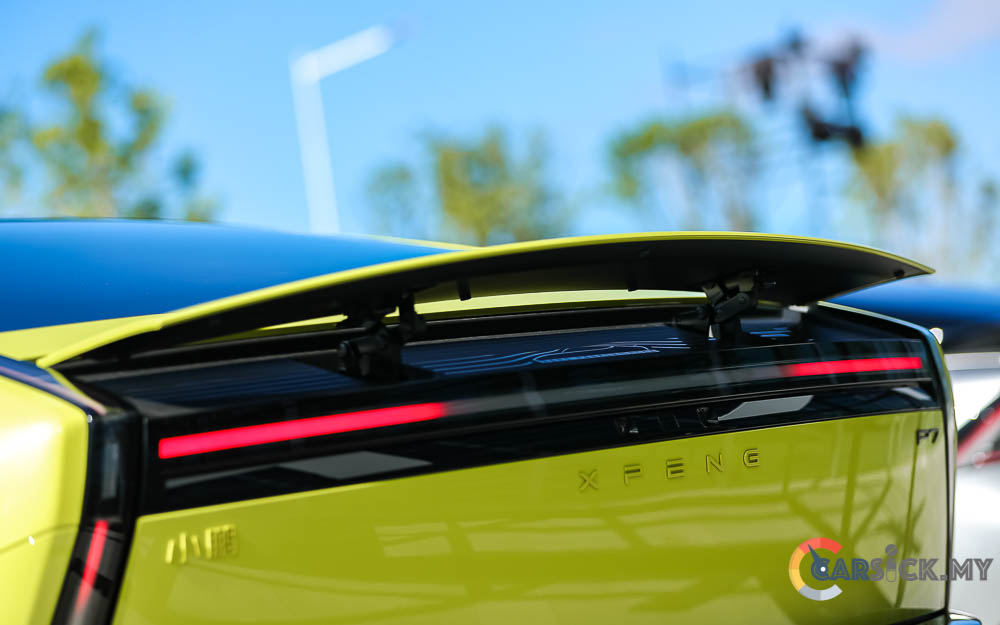
By the first quarter of 2026, VLA 2.0 will be fully integrated into XPENG Ultra vehicles. The company also announced that Volkswagen will be the first global partner to adopt the technology, signaling a major step toward open collaboration in Physical AI development.
XPENG’s upcoming Robotaxi, set for launch in 2026, represents the next phase of autonomous urban transport. As China’s first full-stack self-developed, mass-produced Robotaxi, it boasts computing power of 3000 TOPS with four Turing AI chips and operates solely on vision-based systems — eliminating the need for lidar and high-precision maps.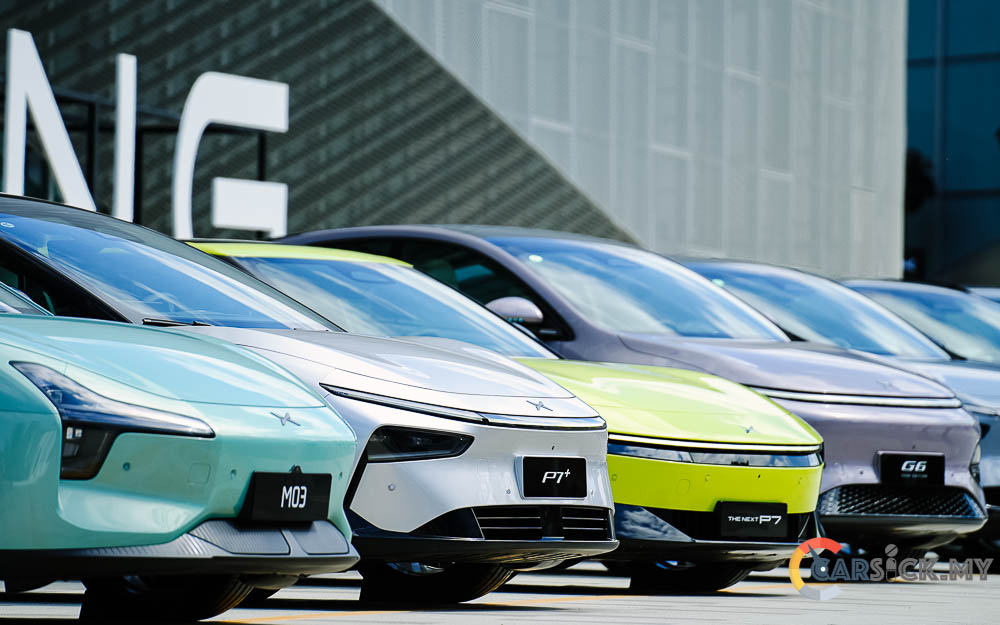
Its dual-redundancy safety architecture ensures reliability, while external interaction features like sun visor displays enable communication with pedestrians, enhancing safety and trust. XPENG’s collaboration with Amap as its first global ecosystem partner will facilitate global Robotaxi deployment and service integration.
The XPENG Next-Gen IRON humanoid robot captivated audiences with its life-like form and motion. Engineered with a bionic spine, muscle system, and 82 degrees of freedom, it exhibits human-like fluidity — from catwalks to fine hand gestures.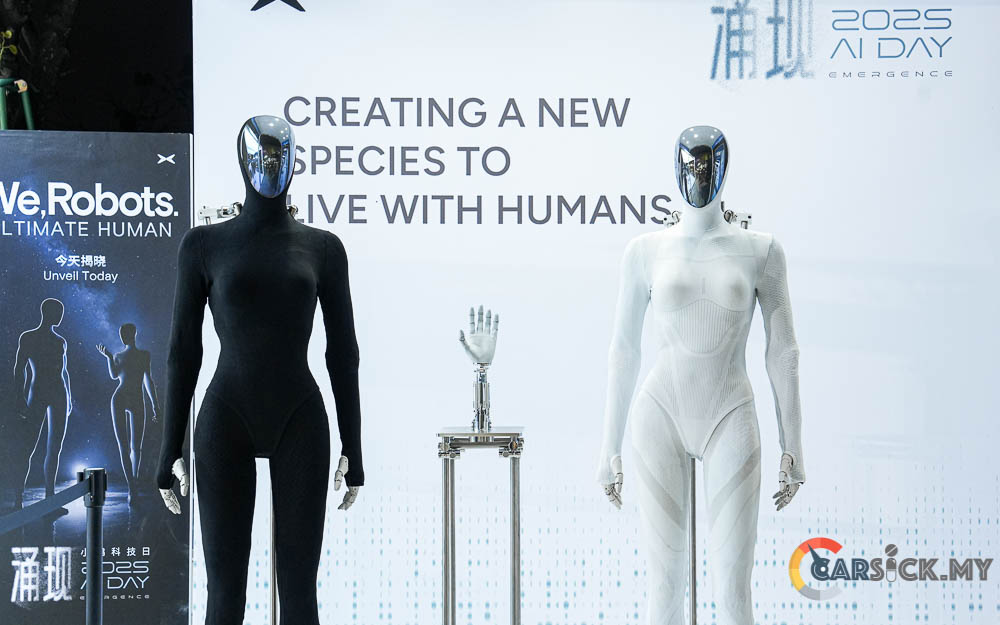
Powered by XPENG’s Turing AI chips and integrated with the VLT + VLA + VLM intelligence trio, IRON achieves three high-order intelligences: conversation, walking, and interaction. Notably, it operates under a privacy-first principle — “data never leaves the robot” — ensuring user safety in the Physical AI world.
XPENG aims to begin mass production of high-level humanoid robots by 2026, starting with commercial applications in retail, tourism, and industrial sectors. Strategic partnerships, such as with Baosteel, will see IRON robots deployed for industrial inspection and automation.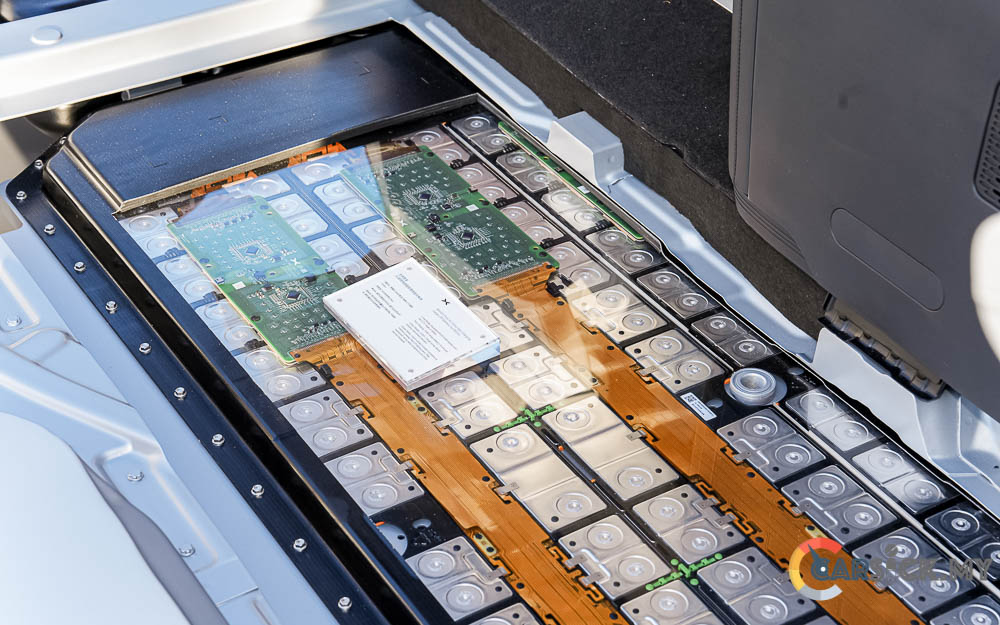
XPENG’s aerospace subsidiary ARIDGE showcased two transformative flying systems — the “A868” full tiltrotor hybrid flying car and the “Land Aircraft Carrier” for personal low-altitude travel.
The A868, capable of a 500 km range and 360 km/h speed, targets multi-passenger business travel, while the Land Aircraft Carrier — already with over 7,000 global orders — redefines personal air mobility with intuitive controls and comprehensive safety redundancies.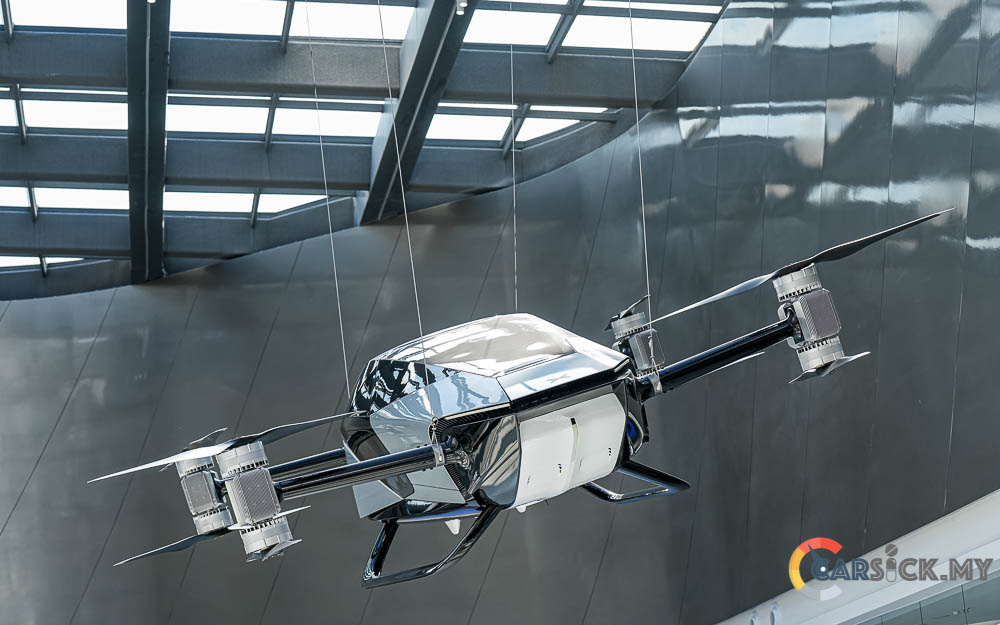
Trial production for the Land Aircraft Carrier has begun, with the world’s first mass-production flying car plant capable of producing one unit every 30 minutes. In collaboration with the Dunhuang Municipal Government, XPENG plans to launch China’s first low-altitude tourism route in 2026, integrating flight into everyday mobility experiences.
As XPENG Science Park becomes a crucible of cross-disciplinary innovation, the company stands at the forefront of a profound transformation. With over 10,000 engineers and researchers spanning AI, robotics, automotive, and aviation, XPENG’s relentless pursuit of technological synergy embodies the very essence of its AI Day theme — “Emergence.”
